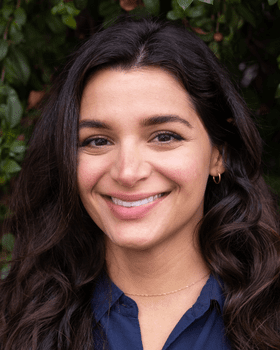Future of Clean Energy is Brighter as State Summit on IRA/BIL Implementation Concludes
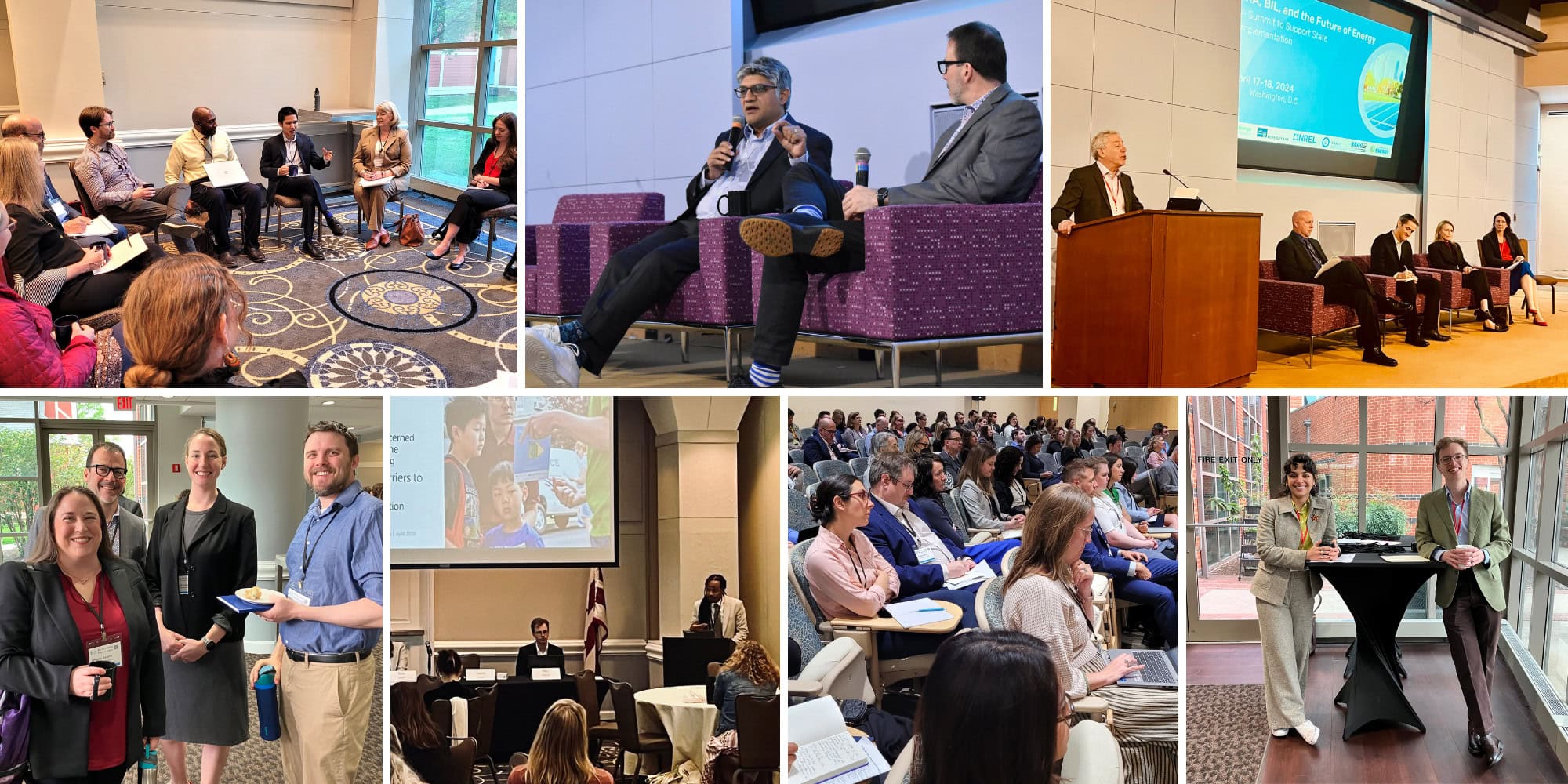
On April 17 and 18, 2024, 37 states, the District of Columbia, and federal government representatives gathered in Washington, DC, at “IRA, BIL, and the Future of Energy: A Summit to Support State Implementation.” The Summit, sponsored by the U.S. Department of Energy’s (US DOE) Office of Policy and co-hosted by the Clean Energy States Alliance (CESA), addressed the complex challenges and opportunities arising from the Inflation Reduction Act (IRA) and Bipartisan Infrastructure Law (BIL).
Over the course of two days, state and federal government policymakers, regulators, and program staff had access to 35 sessions covering topics ranging from Direct Pay, to speeding siting and permitting, to how to integrate wind and solar into a reliable power system. Attendees engaged in extensive discussions to share insights, plans, and experiences related to IRA/BIL funding programs. The event offered a sought-after platform for state leaders to connect from across the county, interact with federal officials overseeing energy initiatives, explore avenues for state-level implementation of IRA/BIL initiatives, and learn about innovative clean energy programs. The event was organized by CESA, US DOE, Lawrence Berkeley National Laboratory (LBNL), the National Renewable Energy Laboratory (NREL), the National Association of Regulatory Utility Commissioners (NARUC), and the National Association of State Energy Officials (NASEO).
Throughout the Summit and in its concluding discussion, participants emphasized a shared commitment to collaboration and mutual support, recognizing that collective efforts are essential for equitable clean energy progress. Sessions discussing tax credits and financial incentives were particularly praised for their value. Attendees underscored that effective coordination requires dedicated individuals ready to figure out how they can incorporate the multiple clean energy incentives available in each community with other incentives like tax credits. Overall, the Summit fostered a sense of collective responsibility and a call for proactive engagement in advancing renewable energy initiatives.
Much of the Summit was dedicated to providing updates and discussing key IRA/BIL initiatives, including US DOE’s Home Energy Rebates program and Community Benefits Plans, the U.S. Environmental Protection Agency’s (EPA) Greenhouse Gas Reduction Fund Solar for All program, and more. Attendees were also able to learn about and access one-on-one technical assistance (TA) opportunities from organizations such as RMI, the Regulatory Assistance Project (RAP), the Environmental Protection Network (EPN), US DOE, CESA, and the national labs.
Based on the success of the 2024 Summit, organizers are in discussion about a follow-on event in 2025. The challenge of advancing the nation’s equitable clean energy programs of the future is undoubtedly complex and multifaceted. But as was apparent at the Summit, state and federal leaders understood the importance of furthering this advancement together.
Below are summaries of select sessions held at the Summit, highlighting major takeaways from panelists’ presentations, points of agreement and disagreement in attendees’ discussions, and state and federal needs as IRA/BIL programs are designed and implemented across the US.
Fireside Chat with US DOE LPO Director Jigar Shah
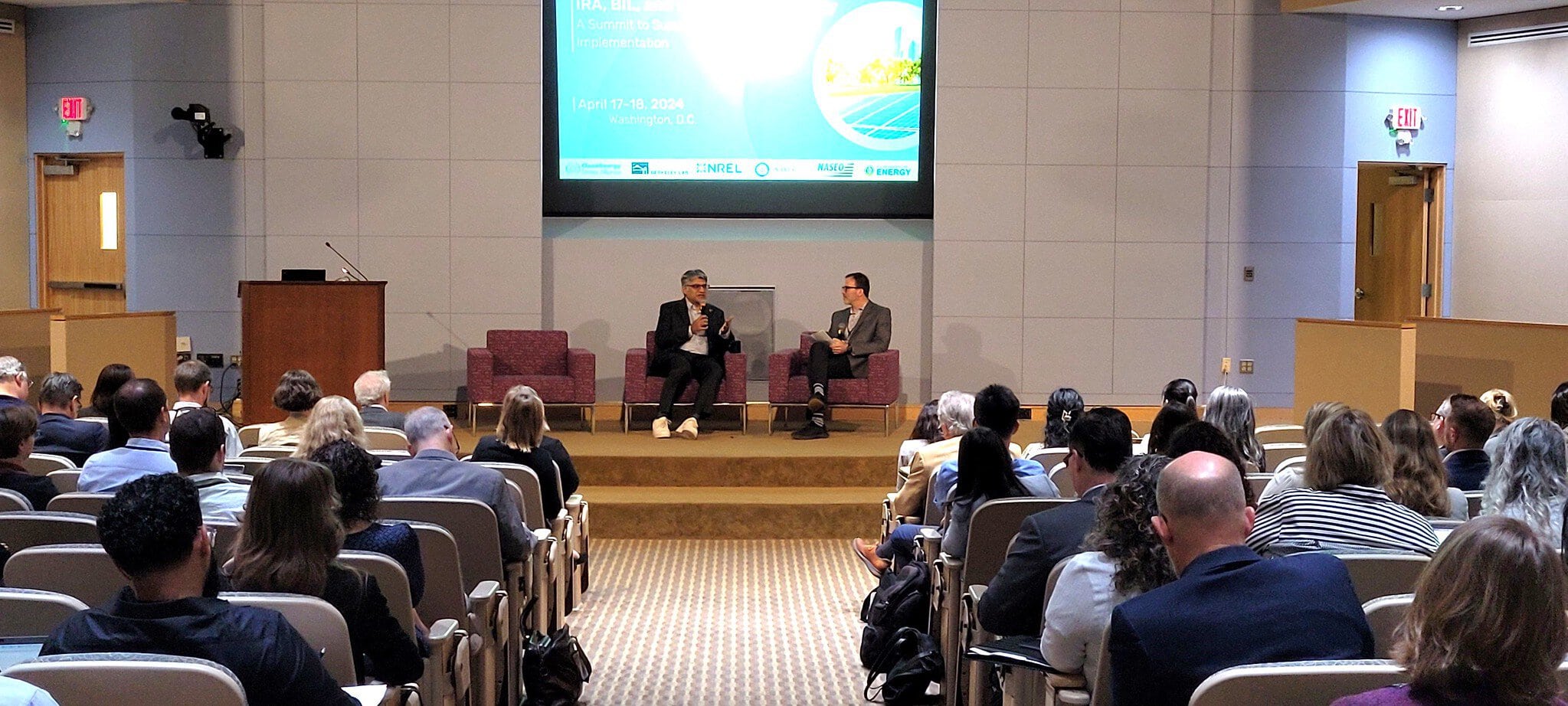
Jigar Shah, Director of the Loan Programs Office at the U.S. Department of Energy and Galen Nelson, Chief Program Officer at the Massachusetts Clean Energy Center.
The Summit opened with a fireside chat with Jigar Shah, Director of the Loan Programs Office (LPO) at US DOE. Jigar has over 25 years of experience as an expert in project finance, clean technology, entrepreneurship, and sustainable infrastructure. He was interviewed by Galen Nelson, Chief Program Officer at the Massachusetts Clean Energy Center (MassCEC), a state economic development agency dedicated to accelerating the growth of the clean energy sector. Jigar and Galen set the stage for the Summit by discussing the US transition to clean energy, the financing and scaling of innovative energy technologies, and the opportunities and strategies supporting states as they work to advance clean energy. They discussed how LPO is deeply collaborating with states and committing to customer service and accessibility, and the importance of thinking long-term as they distribute over $200 billion in funding across 5 LPO programs. Jigar emphasized the importance of Community Benefits Plans and the role of businesses in developing good plans alongside community leaders, the latter of whom should increase their ambitions as they plan for their communities’ needs.
Where States Are with IRA/BIL Implementation
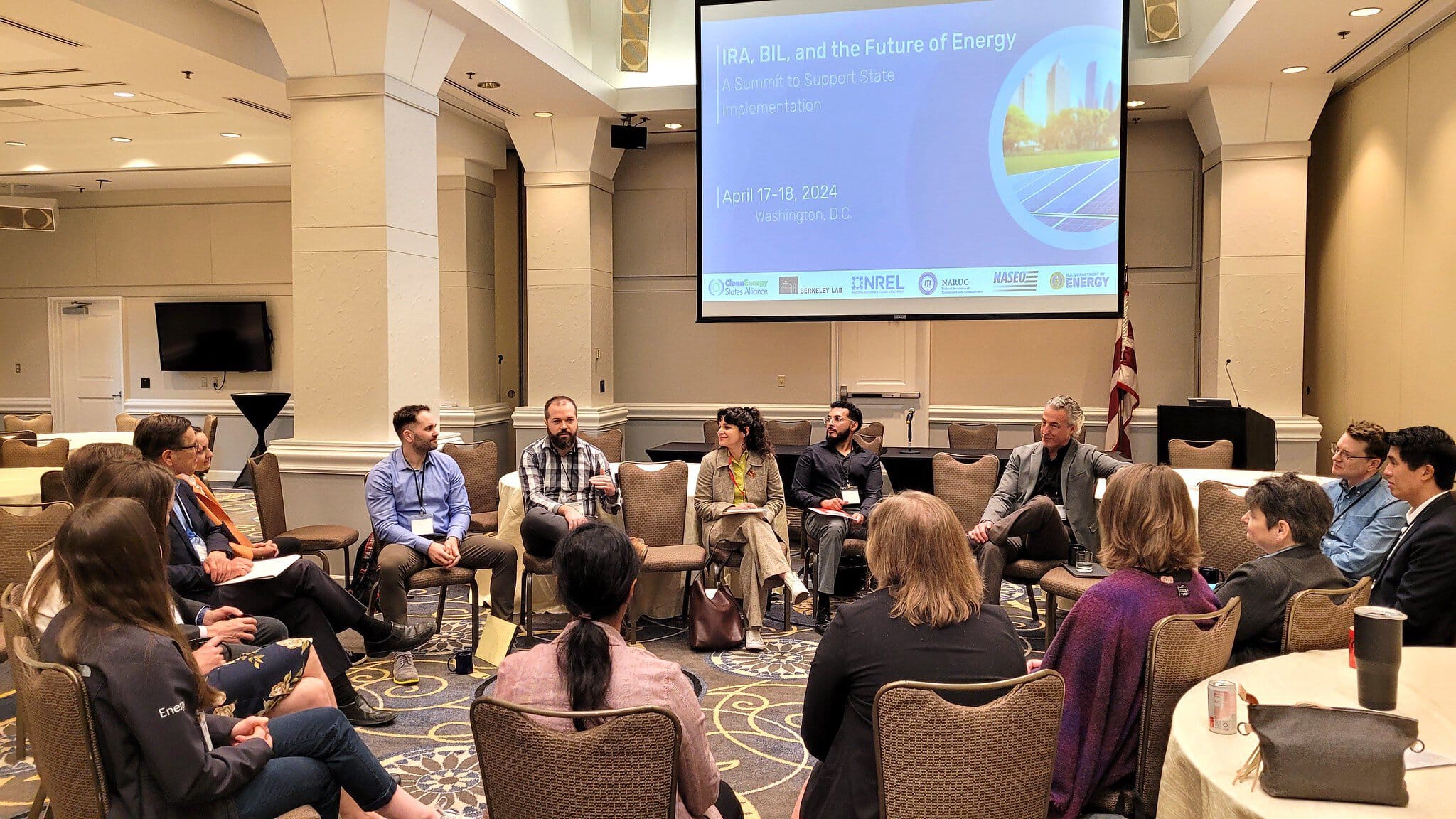
Regional breakout group at the IRA-BIL Summit
At this session, attendees self-selected into small breakout rooms by region to exchange information about the status of IRA/BIL implementation in their states and their concerns about implementation. Two breakout groups’ takeaways are offered below.
The Northwest regional breakout group participants described the need for continued triage efforts and difficulties in aligning projects with US DOE funding requirements, along with compliance concerns surrounding awarded funding. There was also excitement about emerging trends, including: the growing awareness and enthusiasm for Direct Pay mechanisms; and the increasing ability of states in advancing future renewable energy initiatives on the national level with new federal funding. Participants expressed a desire for streamlined processes and clearer guidance from federal agencies, particularly to accommodate the diverse energy landscapes of different states. Moreover, frustration was voiced over the temporary nature of tax credits, with a call for their permanency to provide stability for the private sector. Additionally, there was consensus on the need for revamped marketing and communication strategies to better engage consumers in the transition to renewable energy.
During the Southern regional breakout group, several positive aspects of IRA/BIL implementation were highlighted. These included the effective collaboration with utilities such as the Tennessee Valley Authority (TVA), which has provided relevant technical assistance for different IRA/BIL programs. The Southern region has seen significant progress in energy efficiency programs over the past 15 years, although there is a dose of uncertainty about how best to integrate these with IRA/BIL initiatives. Support from governors’ offices and collaboration with TVA’s federal office have proven beneficial. States in the region are also zeroing in on initiatives like electric vehicle (EV) incentives and hydrogen. Echoing breakout groups from other regions, challenges persist, including: limited staffing; concern regarding complex application processes; difficulties in managing multiple funding streams; meeting tight deadlines; and navigating state procurement laws. Coordination among federal entities and extensions on deadlines were identified as crucial needs, along with clearer communication and understanding of state capacities.
Transmission, FERC, and the States
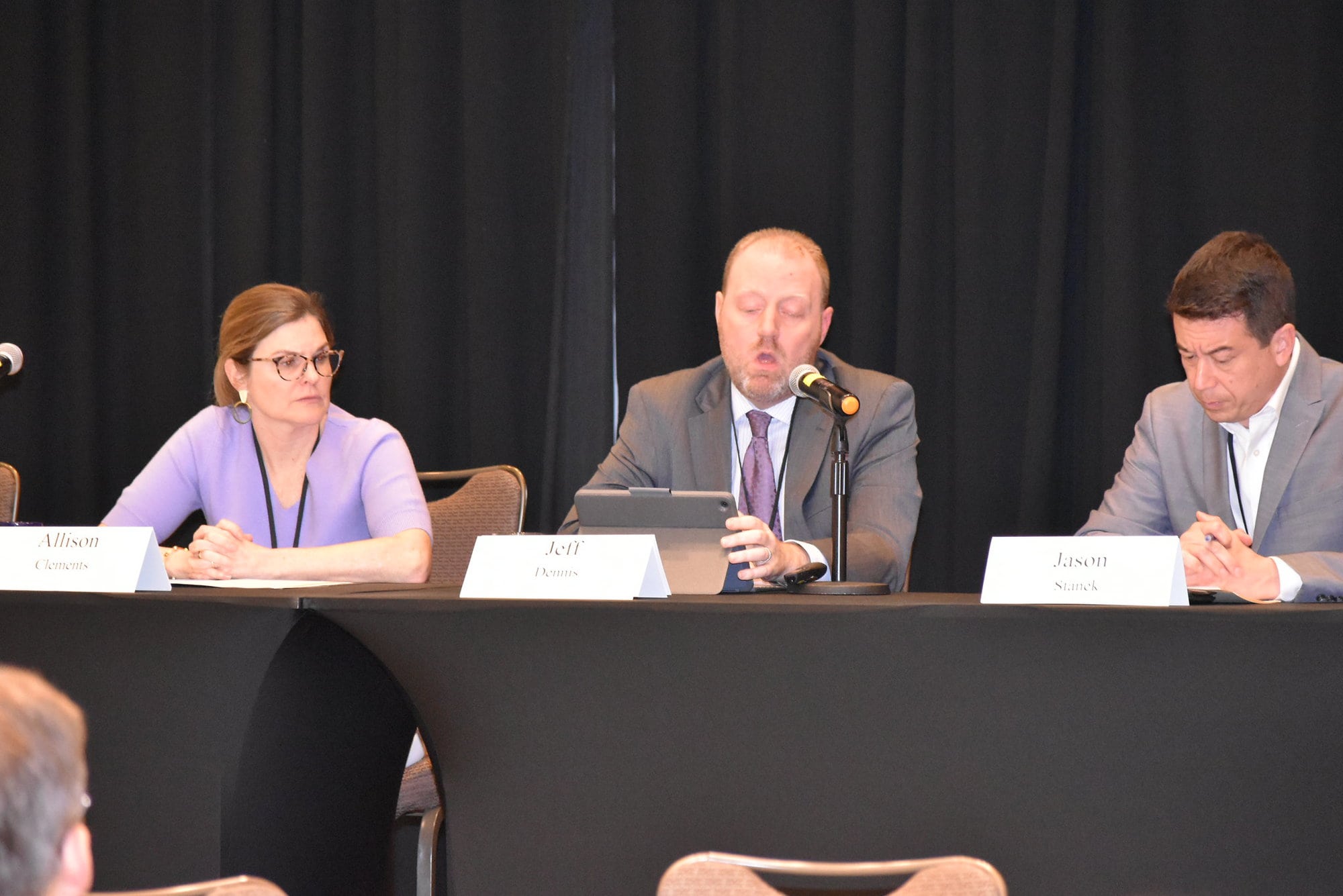
FERC Commissioner Allison Clements, DOE’s Jeff Dennis, and Maryland Public Service Commissioner Jason Stanek participate in a panel titled “Transmission, FERC and the States.”
Commissioner Allison Clements of the Federal Energy Regulatory Commission (FERC) and Jeff Dennis, Deputy Director for Transmission at US DOE’s Grid Deployment Office served as guest speakers for this session. The discussion was moderated by Jason Stanek, Executive Director for Governmental Services at PJM Interconnection, LLC. They discussed how states can get involved in cost allocation and planning (as a complement to their role in siting) when FERC finalizes a rule following its regional transmission planning and cost allocation proposal, originally proposed in 2022. For example, states learned about how they can voluntarily participate in federal siting and permitting review programs and have access to environmental review materials from the federal government. They also heard about grid resilience technical assistance programs. Commissioner Clements and Deputy Director Dennis offered ways in which FERC would like to see states engage and the support that US DOE can provide to states in the process, including grid-scale planning tools and analysis via the national labs.
Measuring Greenhouse Gas Emissions
This session provided attendees with an opportunity to learn about the differences between consumption-based emissions accounting and generation-based accounting. Attendees also considered the importance of understanding the connection between renewable energy certificates (RECs) issued to generators and greenhouse gas (GHG) emissions. Panelists presented the results of research finding over 50 clean energy and GHG emissions accounting protocols in just 15 utilities serving 13 states.
Building Decarbonization
State leaders considered how they can help rapidly deploy solutions at scale (e.g., for residential space heating), and the difference between accelerating progress at the “floor level” (building codes and standards) vs. the “ceiling level” (emerging technologies). Attendees learned about the many different federal technical assistance offered to them to further building decarbonization goals, and the New York State Energy Research and Development Authority (NYSERDA) presented on stacking incentives and examples of additional funding sources, such as NYSERDA’s EmPower+ program.
Impacts of the IRA on Consumer Energy Expenditures
Attendees learned how customer energy expenditures could be impacted as the energy-related provisions of the IRA unfold. The session provided state-specific results for projected energy expenditures through 2035, as well as information on how to obtain datasets that individuals from each state can use to understand the potential impacts of the federal policy. The available datasets reflect projections of reduced energy expenditures over time, as falling expenditures for direct fuel use outpace growing expenditures for increasingly electrified end-uses. This analysis was based on simulations in NREL’s Regional Energy Deployment System (ReEDS) model, which finds the least-cost mix of electricity generation, storage, and transmission assets that can meet projections for hourly electricity demand.
Consumer Protection
During this session, panelists emphasized how mere disclosures to consumers are not adequate to meet baseline consumer protection goals; instead, they stressed, a comprehensive approach is essential. Using categorical eligibility to determine incomes for programs was identified as beneficial, which streamlines access for consumers. Panelists explained that transparency within state programs and communications is crucial, suggesting the establishment of a centralized platform for consumer convenience. States were advised to verify contractors and maintain a centralized database for accountability. The importance of establishing feedback mechanisms for consumers to voice concerns was highlighted, including considerations of how, when, and where such feedback channels should be accessible. Finally, states were encouraged to undertake the necessary groundwork to safeguard low- and moderate-income (LMI) families, integrating robust consumer protections directly into program designs to alleviate burdens on families.
How to Use Clean Energy to Achieve Co-Benefits
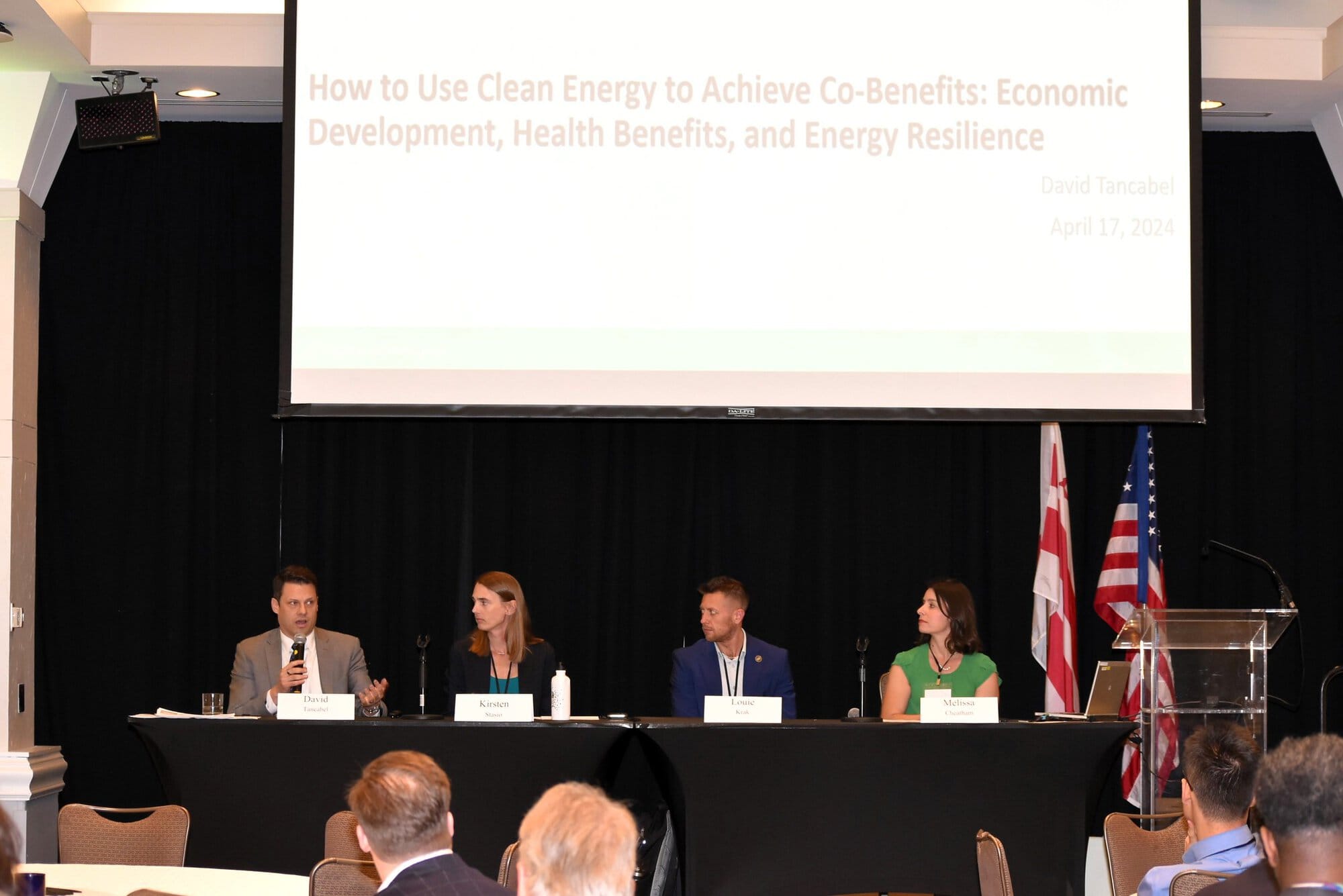
David Tancabel (EPA), Kirsten Stasio (Nevada Clean Energy Fund), Louie Krak (Pennsylvania Governor’s Office of Critical Investments), and Melissa Cheatham (State Support Center/S2 Strategies) participate in a panel titled “How to Use Clean Energy to Achieve Co-Benefits: Economic Development, Health Benefits, and Energy Resilience.”
Co-benefits, including economic benefits and health benefits, play a crucial role in driving project development, urging participants to begin by identifying and addressing community needs. During this session, co-benefits were examined as essential for garnering support for policy initiatives, both among policymakers and end-users, emphasizing the importance of building coalitions. EPA’s co-benefits tools were offered as valuable resources for designing policies to maximize co-benefits, understand their implications, and quantify the advantages to strengthen arguments. EPA can provide technical assistance to states in selecting the appropriate tools and training staff on their usage, enhancing the capacity for effective policy implementation and advocacy.
Getting the Most out of the Existing Grid
Louise White of US DOE presented on their recent “liftoff” report regarding innovative technologies that can expand the capabilities of the grid. Liz Salerno of FERC presented on the operational issues that can affect the ability of the grid to respond to variable clean energy. She summarized a number of recent FERC orders that encourage distributed generation, demand side options, and inverter-based technologies. Rob Gramlich of Grid Strategies LLC gave an overview of the federal, regional, and state policy landscape that affects grid planning and operations.
When and How to Address the Last 10%
Attendees considered how models suggest that getting to 90% clean electricity is achievable at a reasonable cost, but going all the way to 100% brings special challenges. Wesley Cole of NREL presented on the lab’s research regarding technical solutions that seem most promising for reaching the last 10%. Lori Bird of the World Resources Institute (WRI) underscored the need for “clean firm” options, seasonal energy storage, a more capable transmission system, and demand-side options. Anna Schleifer of NREL presented an analysis of how varying definitions in current 100% state laws can impact development, and what they mean for achievement of zero-carbon grid goals.
Direct Pay
The discussions in this session yielded significant insights, identified challenges, and offered several strategies to navigate the hurdles of accessing IRA’s Direct Pay provisions. These include advancing extensive communication with relevant stakeholders, offering individualized assistance to applicants, and implementing bridge loans. However, the complexity of selecting the right entity to manage bridge loans poses financial and regulatory barriers. Panelists offered examples from Groundswell and others showing how to guide organizations through the bridge loan management process, and they identified nongovernmental organizations (NGOs) like Lawyers for Good Government as valuable resources. For further information, attendees were directed to follow updates on climateprogramportal.org. Finally, US DOE noted that they are planning three upcoming webinars, targeted towards schools and nonprofits, to provide foundational knowledge on the topic.
How to Integrate Wind and Solar into a Reliable Power System
This session provided an introduction to issues that arise when relying heavily on renewable energy resources. It highlighted two primary challenges in achieving grid reliability. The first challenge, termed the “balance challenge,” involves aligning energy supply with demand across various time scales, particularly addressing the intermittent nature of renewable resources like solar and wind. The second challenge, referred to as the “inverter challenge,” focuses on ensuring the stability and reliability of grids that heavily rely on inverter-based resources. Both challenges were noted to have economic and technical dimensions. The session emphasized that while sub-hourly variability of wind and solar has been largely addressed and found to be manageable, challenges persist with hourly ramping and diurnal mismatch between renewable energy supply and demand, requiring further research for resolution. Seasonal mismatch remains largely unsolved, although potential pathways have been proposed, warranting additional investigation. It was underscored that while initial stages of decarbonization are relatively straightforward, the last 10% presents significant difficulties, emphasizing the need for intensified focus and research.

